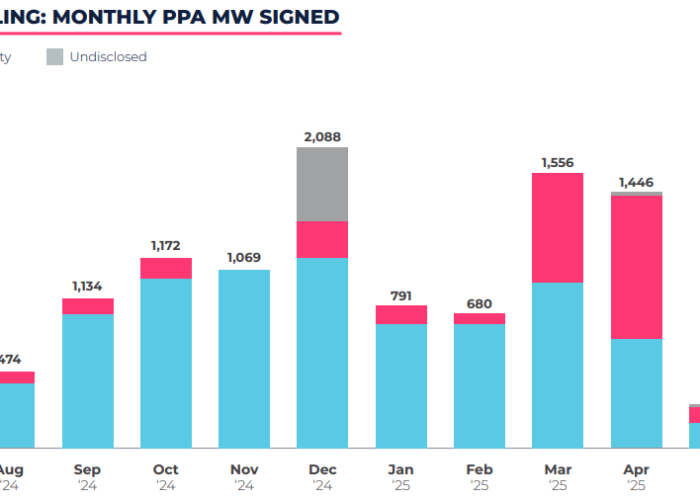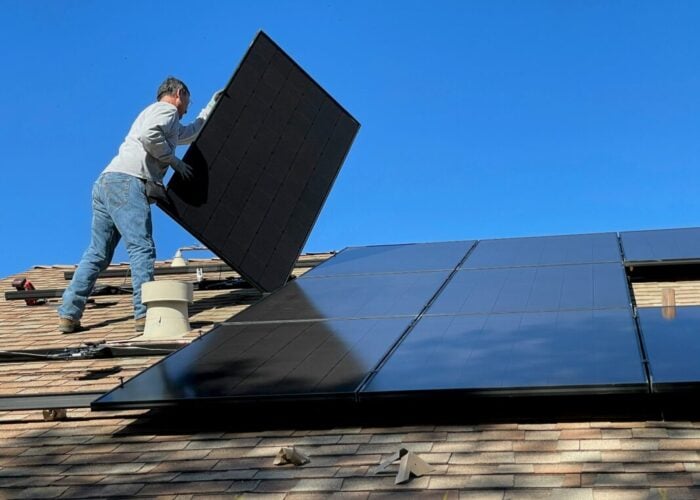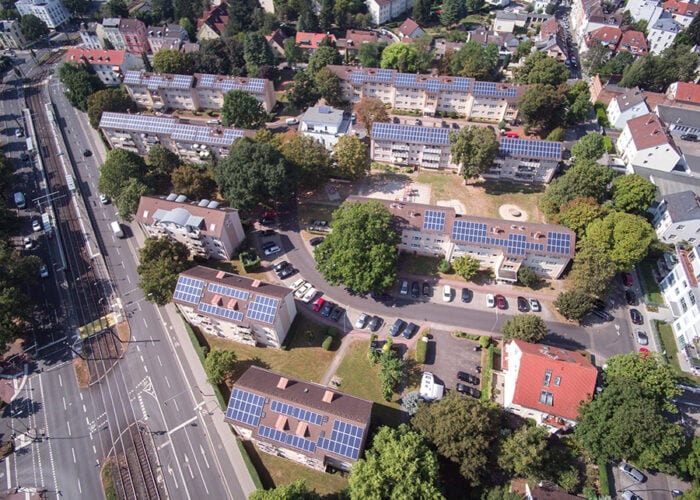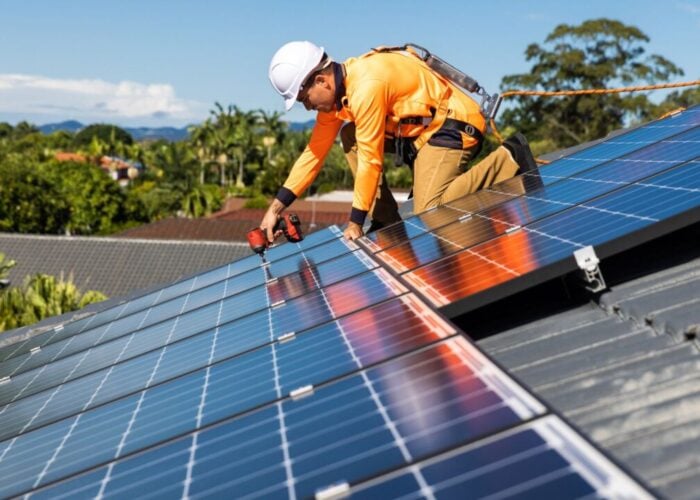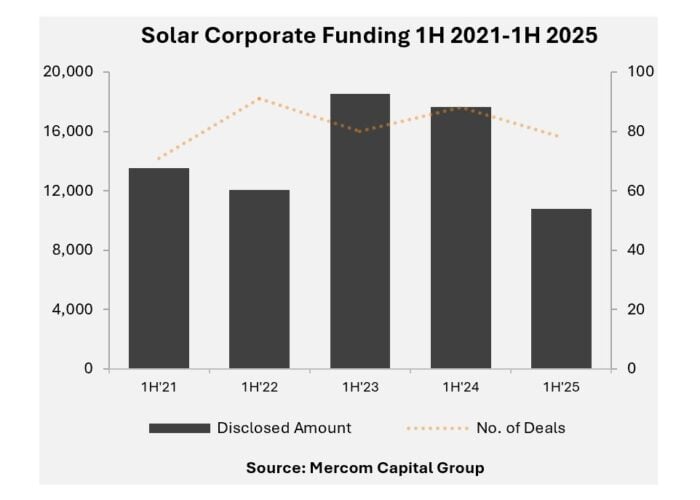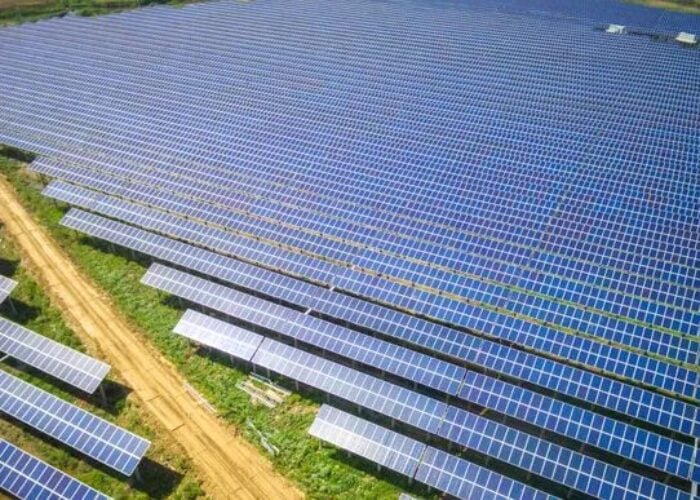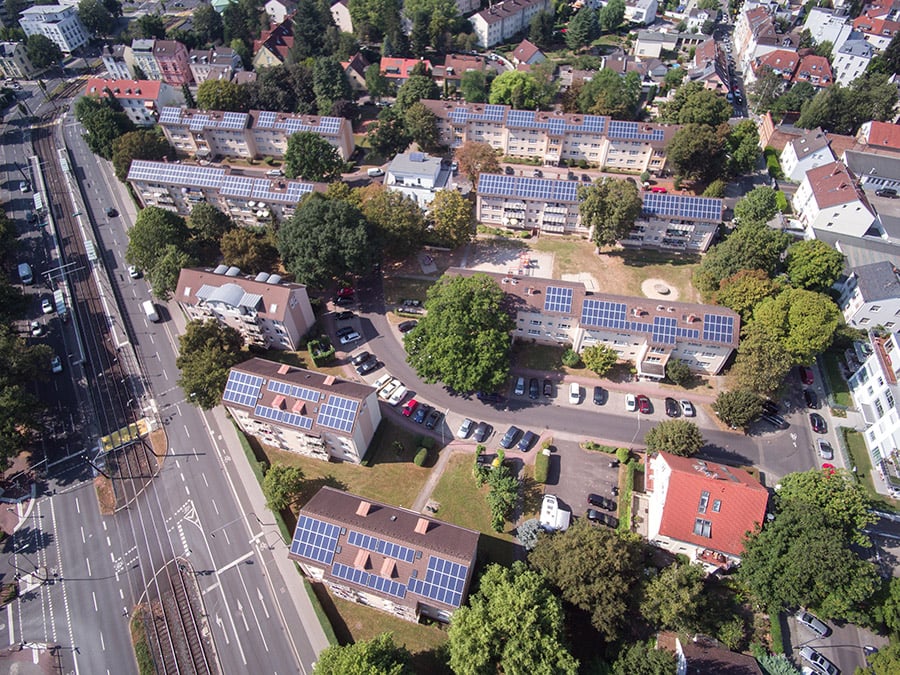
The German Federal Network Agency (Bundesnetzagentur) has released its provisional figures for renewable power capacity additions in 2024, with the addition of 16.2GW of new solar capacity leading clean energy technologies.
While the December 2024 figures are yet to be finalised – the Federal Network Agency expects to publish a “final analysis” in mid-January with updated figures for the final month of the year – the overall trend is clear. The addition of 16.2GW of new solar capacity compares to around 2.2GW of new onshore wind capacity, 0.7GW of new offshore wind capacity and 110MW of biomass capacity, and has reinforced the prominent position of solar power in the German renewable power space.
Unlock unlimited access for 12 whole months of distinctive global analysis
Photovoltaics International is now included.
- Regular insight and analysis of the industry’s biggest developments
- In-depth interviews with the industry’s leading figures
- Unlimited digital access to the PV Tech Power journal catalogue
- Unlimited digital access to the Photovoltaics International journal catalogue
- Access to more than 1,000 technical papers
- Discounts on Solar Media’s portfolio of events, in-person and virtual
Cumulatively, Germany now has around 99.3GW of solar capacity in operation, compared to 72.7GW of onshore and offshore wind capacity, and the monthly changes in capacity additions are shown in the graph below, which does not include forecast figures for December.
“The boom in the expansion of photovoltaics continues,” said Klaus Müller, president of the Federal Network Agency. “The expansion in 2024 will once again exceed the previous record year of 2023. These investments will further advance the energy transition.”
The sustained growth in the solar sector compares to a number of decommissionings in the wind sector, with the Federal Network Agency reporting that around 0.7GW of onshore wind capacity was “permanently decommissioned” in 2024.
Last year, PV Tech Premium spoke to German developer BayWa r.e. about the “huge wave” of revamping and repowering, rather than decommissioning, that is likely to sweep the solar sector as more focus is placed on support for projects at the ends of their operating lives.
Growth in the rooftop sector
The Federal Network Agency noted that “two-thirds” of the year-on-year increase in solar capacity additions was seen in the rooftop and building sectors, and the rest “on larger areas”, suggesting that distributed solar power will have a larger role in Germany’s energy mix going forward.
The government awarded 260MW of new rooftop capacity in a tender held last July, and 2024 saw the addition of 435,000 new “balcony systems”, plug-in solar systems often deployed on residential homes, with a total capacity of 0.4GW, accounting for 2.6% of new capacity additions. This compares to the addition of 0.2GW of new balcony systems in 2023, which accounted for 1.5% of new capacity additions that year.
However, trade association Bundesverband Solarwirtschaft (BSW) has since criticised proposed reforms to the Energy Industry Act, which it says will disincentivise commercial and industrial (C&I) rooftop solar installations by implementing higher “marketing costs” for smaller systems that often feature in the C&I sector.
The Federal Network Agency also pointed to the commissioning of a number of larger-scale projects in 2024 – including the country’s largest solar plant, a 162MW project in Saxony – as key milestones for the sector. The same can be said for the storage sector, with the implementation of a large-scale storage system in Hamm just before the start of 2024 reflecting increasing appetite for co-locating solar and storage in Germany. Germany’s latest round of tenders included awards for 512MW of solar-plus-storage, and the Federal Network Agency said that it expects to commission “large storage systems” in 2025.
“The rapid expansion is having an effect,” added federal minister for economic affairs and climate protection Robert Habeck. “Renewable energies are now taking over the main role in electricity generation in Germany—measured against total generation in Germany, 254.9 TWh or almost 60% came from renewable energy sources. At the same time, we have used less coal to generate electricity than we have for decades.”

